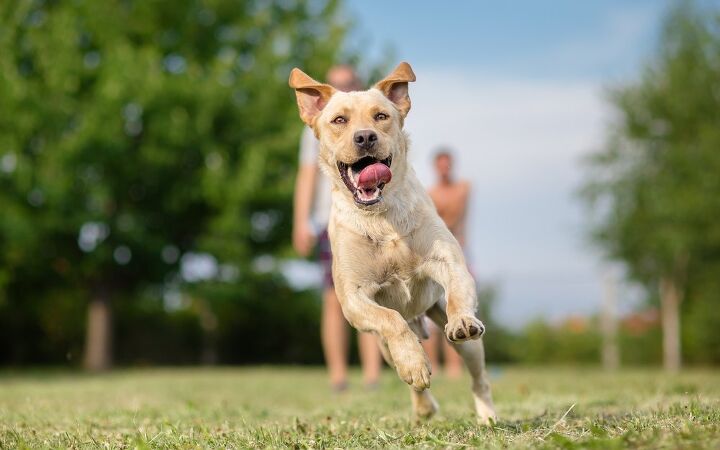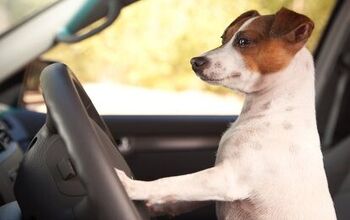Recall Checklist: Do You Make These Mistakes?

If your dog slips from his collar or sees a fight breaks out at the dog park, will he respond to your “come” cue? When your dog is in harm’s way, a solid recall can save him from danger. These are some of the most frequent errors that handlers make when teaching their dogs to come when called. Do you make any of them?
One of the biggest mistakes is to cue “come,” and when your dog runs to you, he is confronted with a negative consequence. For example, if you only call him when it’s time to leave the dog park, it’s no wonder he doesn’t like the word “come.” Imagine if your friend called you over and, when you arrived, she promptly threw a pie in your face. Wouldn’t you think twice the next time she asks you to come close to her? The fact is that, particularly with recall, your dog can choose whether to comply with your cue or to blow you off. Make sure he wants to choose you.
The solution: When you practice recall (which should be often!), make sure there is a positive consequence to coming. When Fido comes to you, start a game of fetch. Or reward with a treat. Or provide any other positive result. When it’s time to leave the dog park, reward Fido for coming with a piece of cheese, and then clip on the leash to leave.
Related: Don’t Want to Train? Use Management Instead
You wouldn’t put a fifth grader into a PhD program and expect him to excel, would you? So why is it we expect young or newly adopted dogs to follow our cues when we put them into PhD-level scenarios such as the dog park? Think of distractions as grade levels. Your dog should start his recall training when there are very low, elementary-level distractions. For instance, start teaching recall in your living room. From there you can work your way up the grades, to increasingly higher distraction areas. Progress to a backyard, then a park with no animals around, and finally the dog park. If you skip a grade, it’s not realistic to expect your dog to respond correctly.
The solution: Make a list of ten or more things that distract your dog, from low to high intensity. Then, methodically practice recall in the presence of these distractions, starting with the lowest intensity.
It’s natural to get frustrated when your dog doesn’t respond to your cues. Nevertheless, punishing your dog when he finally comes to you will only make the problem worse. Dogs come to people they trust, not people they fear. If your dog took his time coming to you, it most likely means he’s not ready to respond in that particular scenario.
The solution: Take a step back and practice recall in less distracting areas. Make sure to reward with something your dog absolutely loves, to help him choose you over the other things in the environment.
Related: Curb Your Dog’s Destructive Chewing
Do you cue “come” once and then wait, motionless, for Rover to weigh his options? You probably need to kick up your energy level a bit. Since the act of coming to you takes several seconds or more, your dog may need extra encouragement to keep him focused on you as he passes squirrels, dogs, and other distractions en route. While trainers tell owners to only say the cue once, that doesn’t mean you can’t encourage Rover with enthusiastic clapping, inviting body language, and cheers as he comes.
The solution: Cue “come” once, but use a friendly tone of voice and inviting gestures to help your dog get all the way to you. Most dogs just want to play, and if you make yourself fun, your dog is much more likely to choose you.
Make sure your dog is recall-ready in all situations. It could be a life saver!

Kate Naito, CPDT-KA, is a dog trainer at Doggie Academy in Brooklyn, NY, and author of the training book, "BKLN Manners." She draws upon her experience as an educator and dog trainer to apply positive training techniques to a challenging urban environment. Kate is a rescue advocate drawn to special-needs dogs and currently has two Chihuahua mixes, Batman and Beans.
More by Kate Naito























